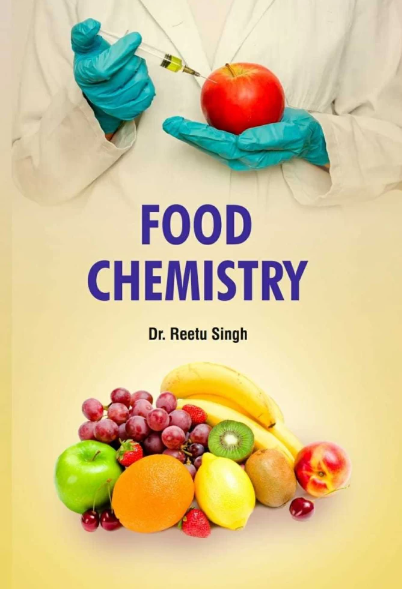Enzyme treatment combined with Maillard reaction modification of sunflower meal hydrolysates to prepare sunflower seed oil flavor enhancer
IF 8.5
1区 农林科学
Q1 CHEMISTRY, APPLIED
引用次数: 0
Abstract
Promoting the Maillard reaction (MR) is an effective way to enhance the flavor of oils. To produce fragrant sunflower oil with low oxidation, a mixture of cold-pressed sunflower oil and enzymatic hydrolysates from sunflower meal was heated to 120 °C. The aroma profiles were compared using SAFE-GC–MS/O-based flavoromics, while free amino acids, reducing sugars, and browning intensity were measured. Results showed that valine (3-fold) and rhamnose (10–40-fold) increased after enzymatic hydrolysis, while glucose and valine decreased most after heating. A total of 49 volatile compounds were identified, with 22 important odorants showing odor-activity values (OAVs) ≥ 1. Principal component analysis (PCA) and partial least squares discriminant analysis (PLS-DA) identified 8 key markers for aroma differences: methyl-pyrazine, ethyl-pyrazine, trimethyl-pyrazine, 2,6-diethyl-pyrazine, 2,3,5-trimethyl-6-ethylpyrazine, 2-ethyl-6-methylpyrazine, 2,3,5-trimethyl-6-isopentylpyrazine, and pyrrole. Viscozyme L + Alcalase 2.4 L assisted stood out for its pleasant nutty note. This study offers new insights into improving sunflower oil flavor without high temperatures.
酶处理结合美拉德反应改性葵花籽粕水解产物制备葵花籽油增味剂
促进美拉德反应(MR)是提高油脂风味的有效途径。为了生产低氧化的芳香葵花籽油,将葵花籽油和葵花籽粕酶解物的混合物加热到120 °C。利用基于SAFE-GC-MS /的风味组学方法比较了香气特征,同时测量了游离氨基酸、还原糖和褐变强度。结果表明,酶解后缬氨酸含量(3倍)和鼠李糖含量(10 - 40倍)增加,而葡萄糖和缬氨酸含量在加热后下降最多。共鉴定出49种挥发性化合物,其中22种重要气味剂具有气味活性值(OAVs) ≥ 1。主成分分析(PCA)和偏最小二乘判别分析(PLS-DA)鉴定出8个香气差异关键标记:甲基吡嗪、乙基吡嗪、三甲基吡嗪、2,6-二乙基吡嗪、2,3,5-三甲基-6-乙基吡嗪、2-乙基-6-甲基吡嗪、2,3,5-三甲基-6-异戊基吡嗪和吡咯。粘酶L + Alcalase 2.4 L因其令人愉悦的坚果味而脱颖而出。本研究为无高温条件下改善葵花籽油风味提供了新的见解。
本文章由计算机程序翻译,如有差异,请以英文原文为准。
求助全文
约1分钟内获得全文
求助全文
来源期刊

Food Chemistry
工程技术-食品科技
CiteScore
16.30
自引率
10.20%
发文量
3130
审稿时长
122 days
期刊介绍:
Food Chemistry publishes original research papers dealing with the advancement of the chemistry and biochemistry of foods or the analytical methods/ approach used. All papers should focus on the novelty of the research carried out.
 求助内容:
求助内容: 应助结果提醒方式:
应助结果提醒方式:


